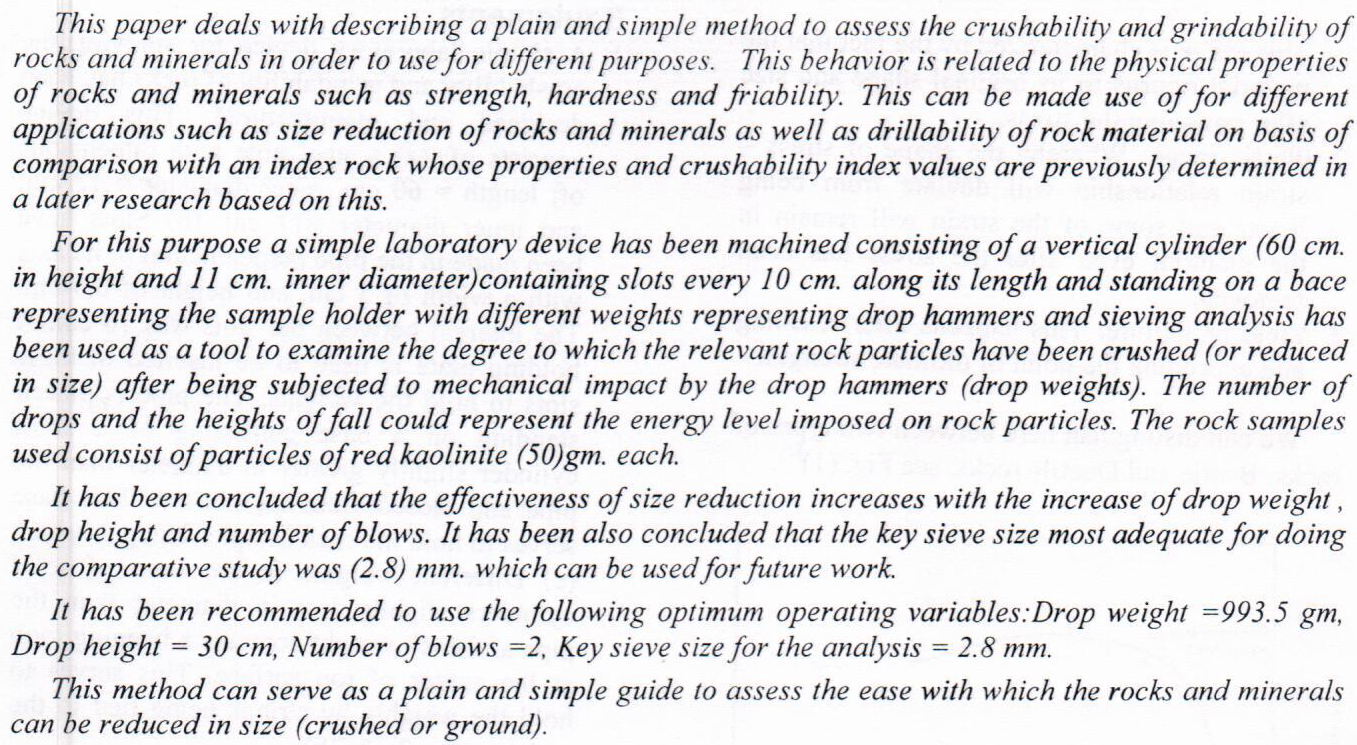
A simple, rapid and sensitive spectrophotometric method has been developed for the determination of captopril in aqueous solution. The method is based on reaction of captopril with 2,3-dichloro 1,4- naphthoquinon(Dichlone) in neutral medium to form a stable yellow colored product which shows maximum absorption at 347 nm with molar absorptivity of 5.6 ×103 L.mole-1. cm-1. The proposed method is applied successfully for determination of captopril in commercial pharmaceutical tablets.
A sensitive spectrofluorimetric method for the determination of glibenclamide in its tablet formulations has been proposed. The method is based on the dissolving of glibenclamide in absolute ethanol and measuring the native fluorescence at 354 nm after excitation at 302 nm. Beers law is obeyed in the concentration of 1.4 to 10 µg.ml-1 of glibenclamide with a limit of detection (LD) of 0.067 µg.ml-1 and a standard deviation of 0.614. The range percent recoveries (N=3) is 94 - 103.
A UV-Vis spectrophotometry method was developed for the determination of metoclopramide hydrochloride in pure and several pharmaceutical preparations, such as Permosan tablets, Meclodin syrups, and Plasil ampoules. The method is based on the diazotization reaction of metoclopramide hydrochloride with sodium nitrate and hydrochloric acid to yield the diazonium salt, which is then reacted with 3,5-dimethyl phenol in the presence of sodium hydroxide to form a yellow azo dye. Calibration curves were linear in the range from 0.3 to 6.5 µg/mL, with a correlation coefficient of 0.9993. The limits of detection and quantification were determined and found to be 0.18 and 0.61 µg/mL, respectively. Accuracy and precision were also determined b
... Show More (13)
(13)
In this paper, double Sumudu and double Elzaki transforms methods are used to compute the numerical solutions for some types of fractional order partial differential equations with constant coefficients and explaining the efficiently of the method by illustrating some numerical examples that are computed by using Mathcad 15.and graphic in Matlab R2015a.
 (5)
(5)
 (151)
(151)
 (151)
(151)
The objective of the research , is to shed light on the most important treatment of the problem of missing values of time series data and its influence in simple linear regression. This research deals with the effect of the missing values in independent variable only. This was carried out by proposing missing value from time series data which is complete originally and testing the influence of the missing value on simple regression analysis of data of an experiment related with the effect of the quantity of consumed ration on broilers weight for 15 weeks. The results showed that the missing value had not a significant effect as the estimated model after missing value was consistent and significant statistically. The results also
... Show MoreThis research is carried out to study the effect of the external post-tensioning technique on the flexural capacity of simply supported composite castellated beam experimentally. In this research, seven composite castellated beams having the same dimensions and material properties were cast and tested up to failure by applied two concentrated loads at 700 mm from each end. Two external strands of 12.7 mm diameter were fixed at each side of the web of strengthening beams and located at depth 180 mm from top fiber of the section (dps) at each end of the beam. The strands have been tensioned by using a hydraulic jack with a constant stress of 100 MPa. This research aims to study the effect of the strengthening by different shapes of st
... Show More (1)
(1)
The division partitioning technique has been used to analyze the four electron systems into six-pairs electronic wave functions for ( for the Beryllium atom in its excited state (1s2 2s 3s ) and like ions ( B+1 ,C+2 ) using Hartree-Fock wave functions . The aim of this work is to study atomic scattering form factor f(s) for and nuclear magnetic shielding constant. The results are obtained numerically by using the computer software (Mathcad).
In this paper, a new form of 2D-plane curves is produced and graphically studied. The name of my daughter "Noor" has been given to this curve; therefore, Noor term describes this curve whenever it is used in this paper. This curve is a form of these opened curves as it extends in the infinity along both sides from the origin point. The curve is designed by a circle/ ellipse which are drawing curvatures that tangent at the origin point, where its circumference is passed through the (0,2a). By sharing two vertical lined points of both the circle diameter and the major axis of the ellipse, the parametric equation is derived. In this paper, a set of various cases of Noor curve are graphically studied by two curvature cases;
... Show More (1)
(1)
